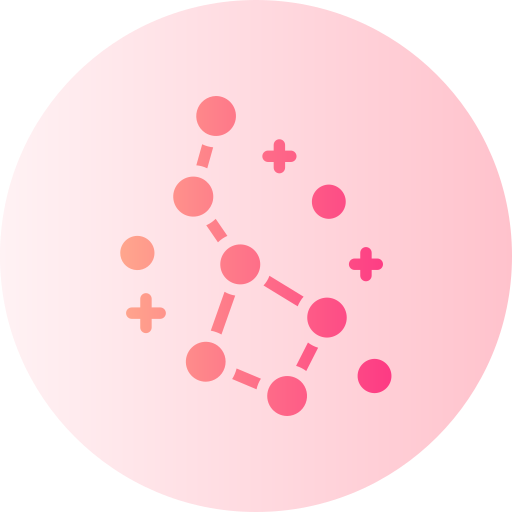Total Tox Burden Testing in Dubai Price Aed 6999 | Total Tox Burden Test Vibrant wellness Test price Aed 6999
Heavy Metals
Heavy metals are naturally occurring elements with high atomic weight and density. While some are essential in trace amounts, many can be toxic even at low levels. Chronic exposure may lead to neurological, renal, cardiovascular, and developmental issues.
Common Heavy Metals of Concern
-
Aluminum – Implicated in neurotoxicity and linked to Alzheimer’s disease.
-
Antimony – Used in flame retardants; exposure may cause respiratory and cardiovascular symptoms.
-
Arsenic – Highly toxic; associated with skin lesions, cancers, and organ damage.
-
Barium – Affects the cardiovascular and nervous systems.
-
Beryllium – Inhalation can lead to chronic beryllium disease (CBD), affecting the lungs.
-
Bismuth – Generally low toxicity but can cause renal dysfunction in high doses.
-
Cadmium – Found in batteries; affects kidneys, lungs, and bones.
-
Cesium – Radioactive forms are hazardous; known for potential cellular disruption.
-
Gadolinium – Used in MRI contrast agents; can lead to NSF in renal-impaired patients.
-
Lead – Neurotoxic, especially in children; impacts cognition and development.
-
Mercury – A potent neurotoxin; affects the brain, kidneys, and immune system.
-
Nickel – Allergic reactions and respiratory issues with chronic exposure.
-
Palladium – May cause skin and respiratory allergies.
-
Platinum – Common in chemotherapy; can be nephrotoxic.
-
Tellurium – Causes gastrointestinal and neurological symptoms.
-
Thallium – Extremely toxic; damages nervous and cardiovascular systems.
-
Thorium – Radioactive; chronic exposure linked to cancer.
-
Tin – Organic tin compounds are more toxic than inorganic; affect liver and immune system.
-
Tungsten – Limited human data; potential lung and skin irritant.
-
Uranium – Radioactive; nephrotoxic and potentially carcinogenic.
Mycotoxins
Mycotoxins are toxic compounds produced by certain fungi. They can contaminate food supplies and indoor environments, posing serious health risks including immune suppression, endocrine disruption, and carcinogenic effects.
Key Mycotoxins to Watch For
-
Aflatoxins (M1, B1, B2, G1, G2) – Produced by Aspergillus species; potent liver carcinogens.
-
Sterigmatocystin – Precursor to aflatoxins; potentially carcinogenic.
-
Zearalenone – Estrogenic effects; disrupts reproductive hormones.
-
Fumonisins (B1, B2, B3) – Linked to neural tube defects and liver toxicity.
-
Citrinin – Nephrotoxic; often found with other mycotoxins.
-
Mycophenolic Acid – Immunosuppressive; also used in pharmaceuticals.
-
Roridin E, A, L-2 – Belong to trichothecenes; highly cytotoxic.
-
Enniatin B1 – Ionophoric activity; affects mitochondrial function.
-
Verrucarin A, J – Trichothecene mycotoxins; cytotoxic and immunosuppressive.
-
Deoxynivalenol (DON) – Vomitoxin; causes nausea, immunotoxicity.
-
Nivalenol (NIV) – Similar to DON; immune and gastrointestinal toxicity.
-
Diacetoxyscirpenol (DAS) – Potent inhibitor of protein synthesis.
-
T-2 Toxin – Extremely toxic; associated with hematological disorders.
-
Satratoxins (G, H) – Stachybotrys toxins; respiratory and neurological effects.
-
Ochratoxin A – Carcinogenic and nephrotoxic.
-
Patulin – Common in rotting fruit; gastrointestinal toxicant.
-
Dihydrocitrinone – Citrinin metabolite; kidney effects.
-
Gliotoxin – Immunosuppressive; produced by Aspergillus fumigatus.
-
Chaetoglobosin A – Disrupts cell division; produced by Chaetomium species.
Environmental Chemicals
Exposure to synthetic chemicals from agriculture, personal care products, plastics, and industrial processes is increasingly linked to hormonal disruption, oxidative stress, and chronic diseases.
Pesticides, Herbicides & Fertilizer Residues
-
2,4-Dichlorophenoxyacetic Acid (2,4-D) – Herbicide linked to hormonal disruption.
-
Perchlorate – Disrupts thyroid function.
-
Atrazine & Atrazine Mercapturate – Herbicide with endocrine-disrupting properties.
-
Glyphosate – Controversial herbicide; potential links to cancer.
Organophosphates & Metabolites
-
DMP, DEP, DETP, DEDTP, DMDTP, DMTP – Common pesticide breakdown products; neurotoxic.
Phthalates (Plasticizers)
-
MEP, MEHP, MEHHP, MEOHP, MEtP – Endocrine disruptors affecting reproductive health.
Parabens (Preservatives)
Volatile Organic Compounds (VOCs) & Metabolites
-
NAP, NAE, NACE, NAHP, NADB, HEMA, NAPR – Byproducts of fuel additives and solvents.
Other Endocrine Disruptors
-
Bisphenol A (BPA) – Found in plastics; mimics estrogen.
-
Triclosan – Antibacterial agent; linked to antibiotic resistance.
-
4-Nonylphenol – Surfactant; endocrine disruptor.
Solvents and Industrial Byproducts
-
Tiglylglycine (TG) – Marker of mitochondrial dysfunction.
-
Phenylglyoxylic Acid (PGO) – Metabolite of styrene exposure.
-
2MHA, 3MHA, 4MHA – Metabolites of xylene exposure.
-
2-Hydroxyisobutyric Acid (2HIB) – Related to fuel additive exposure.
Would you like this content formatted for a brochure, website section, or downloadable PDF? I can also help convert this into a visual infographic, blog post, or technical guide depending on your needs.








